Augmented and mixed reality experiences attempt to break us out of windowed computing experiences and allow us to place software anywhere in the room. But that software doesn't have to take a rectangular form—theoretically, the web doesn't have to restrict itself to a page in a browser any longer.
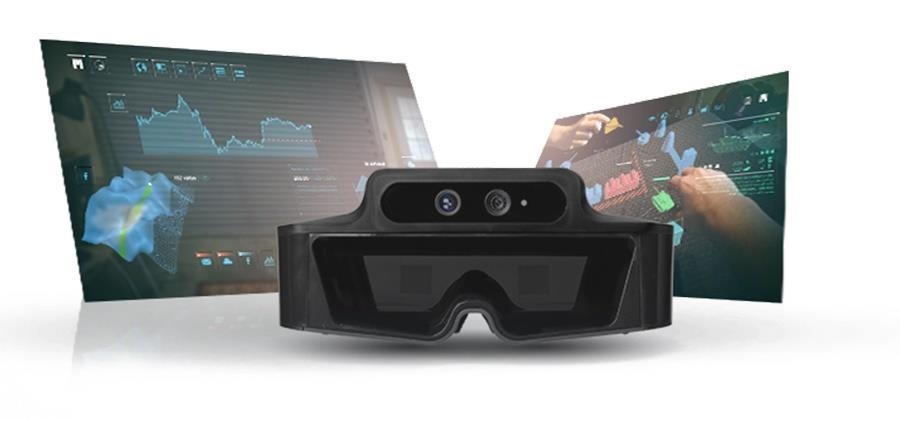
Does this mark the end of the web browser entirely? Probably not. A lot of information works well on the page, and the Microsoft HoloLens still uses a pretty standard version of their own Edge browser to view webpages. But we're still in the early stages, and Saranyan Vigraham, Meta's director of product, believes the internet will evolve to take on new forms:
I think it is much more than a browser. Generally, I have seen people equate web to a browser and vice-versa. For most cases, the blurred line between the browser, which is only a representation of the web, and the web itself, does not pose a problem. But in the context of AR, equating the browser to web is not only inaccurate but limiting. (Biggest difference will be that we won't consume web content via a browser in an AR setting.)
What forms will the web take in the future of holographic computing environments? It's hard to say because, through the internet, you can feasibly download any sort of object. Remember those media piracy ads that insisted you wouldn't download a car? Well, depending on how the internet adapts to mixed reality, you might someday prove them wrong.
Right now, however, we're mostly stuck in a windowed environment because very few headsets have found their way into the hands (or onto the heads) of consumers. There just hasn't been much of a push for the web to adapt, but that change is underway nevertheless.
Mozilla's open-source WebVR, an experimental JavaScript API that helps provide your web browser with access to holographic headsets, points to what we can expect in the future. What you get isn't so much a webpage, but a stereoscopic experience that transcends the browser. Instead of a webpage, you could end up in an entire room to explore. On the mixed reality side, a WebVR could potentially transform the room you're already in. Unfortunately, we've yet to see content of that variety just yet.
With much of our work already moving online, we don't need to use installable software for many things. Instead of Microsoft Office, we can use Google's suite of work web apps. As that transition continues to grow, software as we know it will exist in the browser—and installing apps will seem like a thing of the past. That potential future applies to virtual, mixed, and augmented reality as well. You'll go to a website to start a game or create a new document, but those experiences may only begin in a window. Perhaps you'll visit Amazon someday, initiate a browsing session in your headset, and window shop in a virtual or mixed reality environment.
While we'll likely always have something called a web browser, it'll likely evolve into something that feels more like an operating system. Chrome OS already gives us a look into what that could feel like, even if the internet hasn't quite caught up with that paradigm just yet. But when you move past the constrained monitor and put on a headset, the browser is simply a term we'll repurpose from its old-fashioned windowed interface. We'll move beyond that relic into an environment where information and objects can exist freely in space, and that may feel more like browsing the web than anything has before.
Just updated your iPhone? You'll find new features for Podcasts, News, Books, and TV, as well as important security improvements and fresh wallpapers. Find out what's new and changed on your iPhone with the iOS 17.5 update.




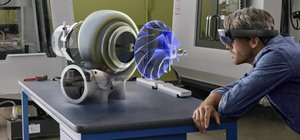
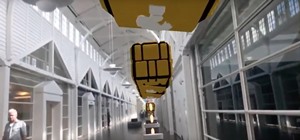




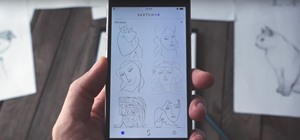



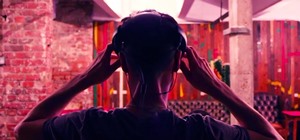
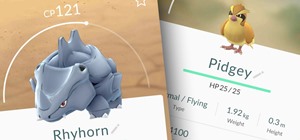


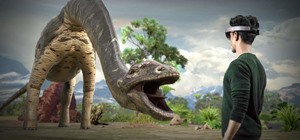

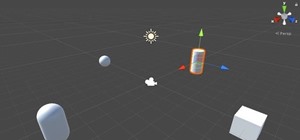
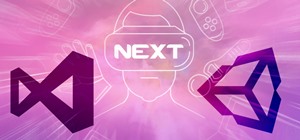
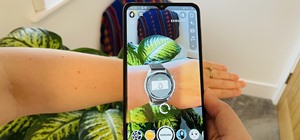
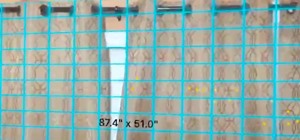
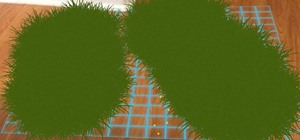
Be the First to Comment
Share Your Thoughts